New and improved thermosets based on epoxy resins and dendritic polyesters
Department/Institute
Universitat Rovira i Virgili. Departament de Química Analítica i Química Orgànica
Abstract
Epoxy resins constitute a class of thermosets which contains more than one epoxide group per molecule, which are very reactive to many curing agents like aromatic or aliphatic amines, acid anhydrides or isocyanates. They are used as reinforced composites, adhesives, high performance coatings and encapsulating materials. Epoxy thermosets have excellent electrical and mechanical properties, good adhesion to many metals and resistance to moisture and thermal and environment exposure. Curing agents that show no activity under normal conditions but show activity by external stimulation, like temperature, can be called ’’latent curing agents”. Among the thermal latent curing agents dicyandiamide (DICY) is one of the most employed in epoxy resin technology. The latent nature of this type of curing agents is due to the insolubility in epoxy resins at room temperature. The use of dihydrazides as curing agents has been scarcely reported in scientific literature but there are some dihydrazides commercially available as latent curing agents. In the present study a series of dihydrazides with different structures were prepared by reaction of dicarboxylic diester with hydrazine hydrate in ethanol. These compounds were studied as curing agents in DGEBA/dihydrazide 2:1 (mol/mol) formulations demonstrating their latent character. In the dihydrazides we have prepared, with aliphatic, cycloaliphatic and aromatic moieties a relationship between the melting point of the dihydrazides and the initial curing temperature was observed with the exception of the cycloaliphatic dihydrazide, which was amorphous but initiate the cure at the highest temperature.
En esta tesis, hemos sintetizado y caracterizado una familia de dihidrazidasque han sido utilizadas en el curado térmico de resinas epoxi (DGEBA). Asimismo, se han sintetizado nuevos poliestereshiperramificados con grupos finales no reactivos como modificantes de resinas epoxi, curadas con dihidrazidas y con anhídridos y se han caracterizado los termoestables obtenidos. También hemos sintetizando estructuras dendríticas tipo estrella con núcleos de poliéster aromáticos y brazos de policaprolactona. Estas estructuras se han utilizado como agentes modificantes de sistemas epoxi/anhídrido y epoxi/triflato de iterbio. Se ha podido demostrar la mejora de la tenacidad en los materiales termoestables y de su degradabilidad química, manteniendo sus buenas características termomecánicas.
Keywords
dendritic polymers; epoxy thermosets
Subjects
543 - Analytical chemistry; 547 - Organic chemistry
Rights
ADVERTIMENT. L'accés als continguts d'aquesta tesi doctoral i la seva utilització ha de respectar els drets de la persona autora. Pot ser utilitzada per a consulta o estudi personal, així com en activitats o materials d'investigació i docència en els termes establerts a l'art. 32 del Text Refós de la Llei de Propietat Intel·lectual (RDL 1/1996). Per altres utilitzacions es requereix l'autorització prèvia i expressa de la persona autora. En qualsevol cas, en la utilització dels seus continguts caldrà indicar de forma clara el nom i cognoms de la persona autora i el títol de la tesi doctoral. No s'autoritza la seva reproducció o altres formes d'explotació efectuades amb finalitats de lucre ni la seva comunicació pública des d'un lloc aliè al servei TDX. Tampoc s'autoritza la presentació del seu contingut en una finestra o marc aliè a TDX (framing). Aquesta reserva de drets afecta tant als continguts de la tesi com als seus resums i índexs.


